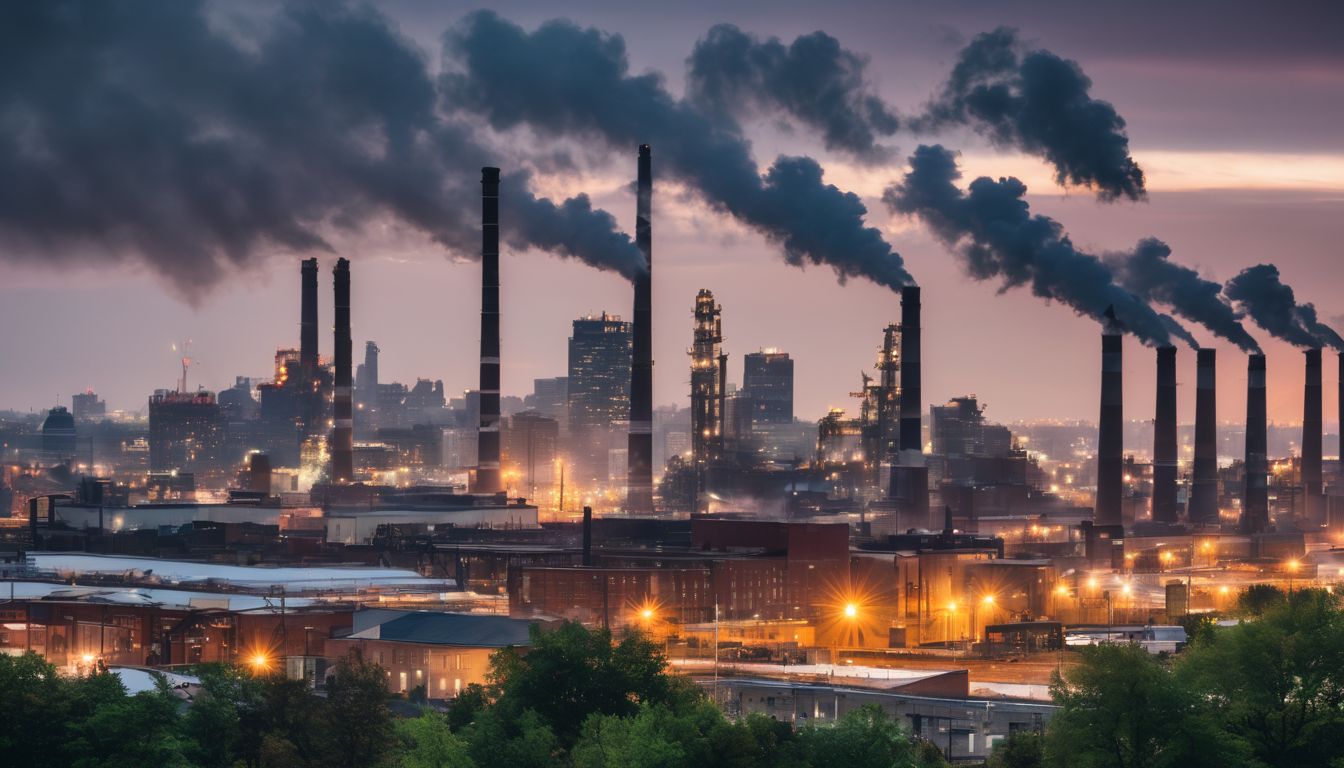With Senator Lindsey O. Graham withdrawing his support, previously being the lone Republican backer of the Senate’s climate change bill, global warming is once again in the news (did it ever leave?). Cranky climate deniers make noise on partisan talk radio, however, the evidence in favor of anthropogenic global warming is based on extensive information compiled from “satellite data, radiosondes, boreholes, glaciers, sea ice, sea levels, proxy reconstructions, and permafrost.”1
Regardless, whether one argues that hairspray, natural cycles, or a vengeful God is to blame for global warming, it IS happening. Burying your head in the sand is fine for now, but eventually it’s going to get so hot that you’ll have to come up for air. This article discusses some of the things you might see when you do.
Rising Sea Levels
In the 20th century the worldwide average temperature climbed 0.6 degrees Celsius. In 2001, the IPCC reported that the world’s average temperature will increase by between 1.4 and 5.8 degrees Celsius by the year 2100.2 As these rising temperatures melt ice, especially in Greenland and Antarctica, and create thermal expansion, sea levels will rise to be 20 inches to three feet higher by the end of the century than they are today.3 Four of the world’s 20 cities most vulnerable to sea level rise are in the United States: New York, Virginia Beach, Miami and New Orleans.4 Not all coastal areas would experience an equal increase in sea level—some might experience an increase far above the global average, while others would experience a sea level fall.5
Climate Change Refugees
Rather than building the next Atlantis, the people affected by rising sea levels will move inland in large numbers. Mass migrations never come easy, especially when they involve some of the world’s poorest, with Vietnam, Bangladesh, China, India, Thailand, Philippines, Indonesia, Nigeria and Egypt expected to be hit especially hard by rising waters. It is estimated that around 200 million people could be affected by sea level rise by the year 2050.6 As climate change refugees migrate in increasingly high numbers, political systems will be tested. In all likelihood, some won’t pass.
Mass Extinctions and Migrations
If the environmental catch-phrase of the 1990s was “save the whales,” that of the 2000s is “save the polar bear,” the polar bear being a species that has become the poster child for the effects of global warming. Polar bears have started drowning as they have had to swim longer distances between ice flows, and the U.S. Geological Survey has predicted that if the Arctic ice cape continues melting at its current rate, “two-thirds of the world’s polar bear sub-populations will be extinct by mid-century.”7 Of course, it is not just the polar bear that is affected—one study predicts that a quarter of land animals and plants could become extinct because of global warming over the next 45 years.8
Animals are migrating northwards or to higher altitudes, with a recent study “of nearly 2,000 species of plants and animals” showing movement “towards the poles at an average rate of 3.8 miles per decade.”9 Such migrations can disrupt delicate ecosystems that have taken millennia to develop. Changing temperature and daylight cues can also alter animal behavior. For example, processes like egg-laying and flowering could shift with the weather.10
Loss of Coral Reefs
Corals get their food from an algae called zooxanthellae, which lives in the coral. This algae is extremely sensitive to temperature changes, and “an increase of just 1.8 degrees Fahrenheit… can cause corals to expel their algae, or ‘bleach’.” Over a prolonged period of time, bleaching leads to death.11

A second contributing factor to the current sea-wide decline in coral reefs is that, as atmospheric concentrations of carbon dioxide (CO2) increase, oceans are becoming more acidic. This “reduces the availability of free carbonate ions in the water,”12 making it more difficult for the polyps that build coral reefs to extract the calcium carbonate they need to survive.
For more extensive discussion of the loss of coral and ocean acidification you can read the following GreeniacArticles:
– Ocean Acidification.
Stronger Hurricanes
There has hitherto been no evidence linking global warming to an increase in the number of hurricanes, but there is evidence linking global warming with more powerful hurricanes. The ocean’s warm water vapor fuels hurricanes, and as that water gets warmer the amount of evaporation increases, thus fueling more powerful storms. In the 1970s, the number of tropical storms worldwide reaching categories 4 and 5 was 11 per year. Since 1990, the world has had about 18 category 4 or 5 storms per year. 13
Earthquakes, Volcanoes, and Landslides, Oh My! As ice melts, pressure on parts of the Earth’s crust will be relieved, while rising sea levels will increase pressure on coastal regions worldwide.14 This could have implications of seismic proportions. Professor Bill McGuire, Director of the University College London Hazard Research Centre, observes that past postglacial periods were full of increased seismic activity as “sections of the crust previously burdened by ice rise in a process known as isostatic rebound.”15 In other words, melting ice could lead to more earthquakes and tsunamis.
Christian Huggel, of the University of Zurich, says that as warm periods increase in frequency in places like the Swiss Alps, Alaska, and New Zealand,16 avalanches will also increase as melting snow is loosened. Global warming could also increase the frequency of volcanic eruptions. Studies in Iceland suggest a link between reduced ice load and volcanic eruption, citing the increased volcanic activity at the end of the last Ice Age.17
Sweaty Armpits and More Umbrellas
There is “a greater than 90 percent likelihood that hot extremes, heat waves, and heavy precipitation events will continue to become more frequent.” (Read more here ).
Economic Consequences
If after reading about a drastic decline in biodiversity, climate change refugees, and stronger hurricanes doesn’t convince you of the seriousness of global warming, maybe this will: “coral reefs provide about $375 billion each year in food and tourism income.”18 Yes, global warming is an economic matter as well. As of now, no one can perfectly predict what the economic or other consequences of global warming will look like, but those not ignoring the facts by burying their heads in the sand hopefully have a clearer picture and a head start.
You can examine the argument that global warming is naturalhere




